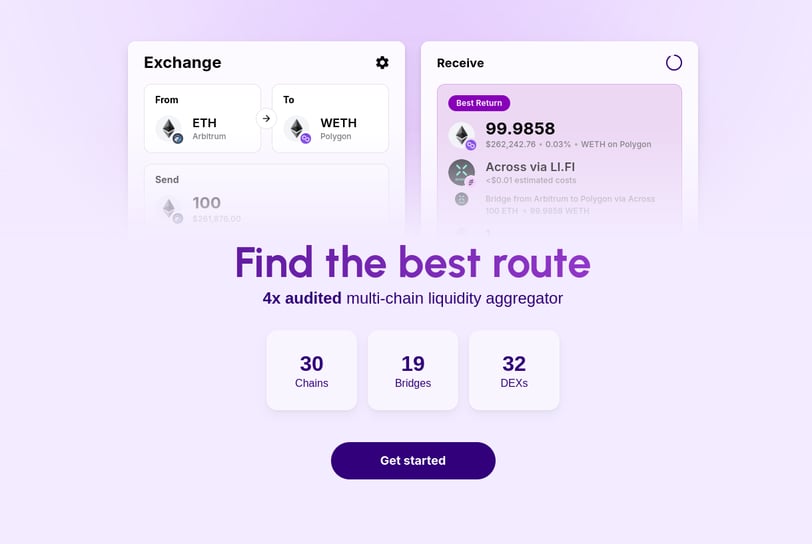DeFi Basics: Bridge Crypto Between Chains
BASICS
9/26/20241 min read


Introduction to Cryptocurrency Transfers
As the realm of decentralized finance continues to evolve, the methods of transferring cryptocurrencies such as Ethereum (ETH) or stablecoins across various platforms have become more sophisticated. With the emergence of Layer 2 solutions and rollups, it is crucial to understand the best ways to move these digital assets efficiently. In this blog post, we delve into the advantages of using bridge aggregators, particularly jumper.exchange, to optimize your cryptocurrency bridge transfers.
The Role of Bridge Aggregators
Bridge aggregators serve a pivotal function in the cryptocurrency landscape. By providing a seamless interface for transferring assets across different blockchains and Layer 2 networks, they simplify what can often be a complex process. Jumper.exchange, for example, enables users to identify the most cost-effective routes for their transactions. This not only reduces transaction costs but also shortens the waiting time for asset movement.
One of the fundamental benefits of utilizing a bridge aggregator is that they present a comparative analysis, showcasing various fees and estimated transfer times. This empowers users to make informed decisions, ensuring they choose the best method for moving ETH or stablecoins. Moreover, opting for an aggregator mitigates the headache of navigating multiple platforms while searching for the most efficient transfer option.
Avoiding Ethereum Layer 1 Transaction Fees
For those familiar with cryptocurrency transfers, it is no secret that utilizing Ethereum Layer 1 for transactions can lead to exorbitant gas fees. These costs can significantly decrease the profitability of trading or moving smaller amounts of digital assets. Therefore, our recommendation is to avoid using Ethereum's Layer 1 unless absolutely necessary.
Using a bridge aggregator like jumper.exchange allows you to bypass these high fees. Instead, assets can be transferred between Layer 2 solutions or rollups, where transaction fees are considerably lower. By doing so, users can retain a larger portion of their fund value during transfers and engage in more transactions without the crippling expense associated with traditional Ethereum transactions.
Onchain Expat Newsletter
Navigation
Follow US
© 2024. All rights reserved.
